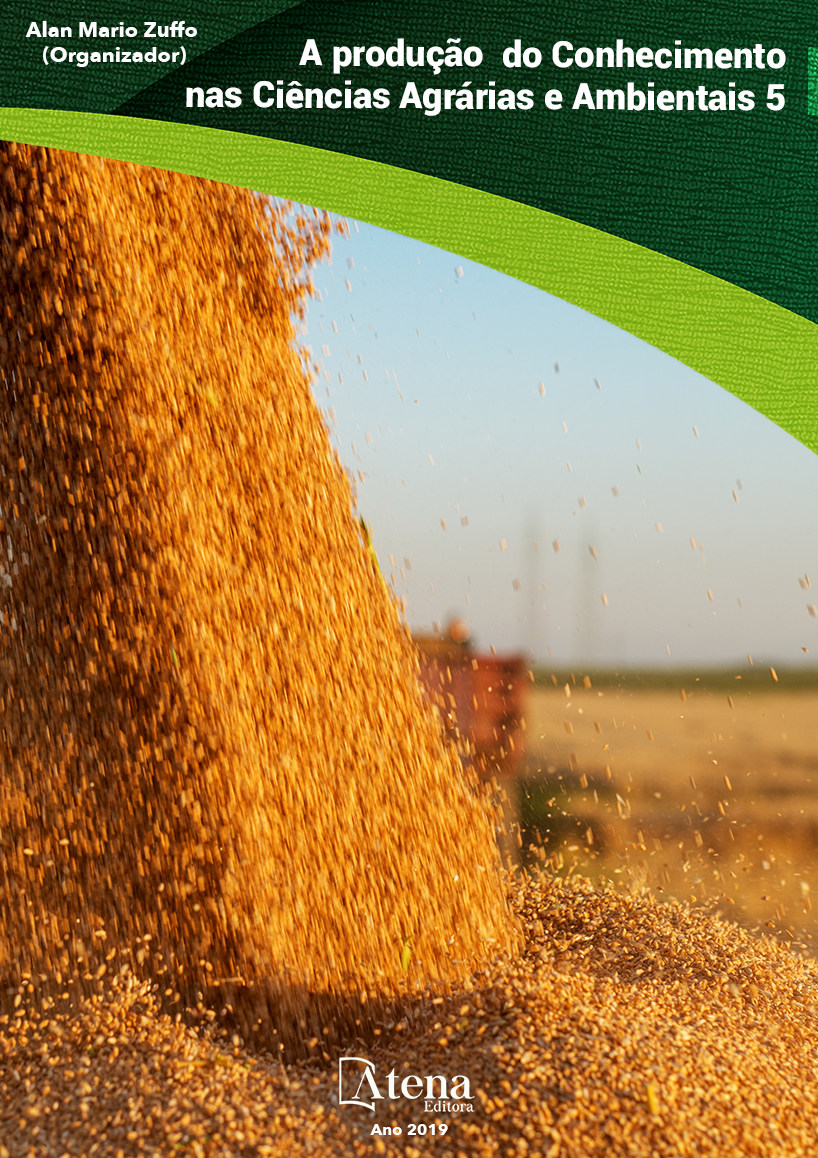
TIPOLOGIA DO JARDIM RESIDENCIAL E BIODIVERSIDADE EM ALDEAMENTOS DE LUXO NO LITORAL CENTRO-ALGARVIO
(Artigo previamente publicado em
Atas Portuguesas de Horticultura nº 29) O
“Jardim Residencial” assume um contributo
significativo na paisagem. Contudo não tem
sido objeto de investigações sistemáticas que
permitam a sua completa caracterização. O
artigo apresenta resultados de um estudo,
incluído numa tese de mestrado, que reúne
dados para a caracterização do “Jardim
Residencial” em empreendimentos turísticos
destinados a uma classe socioeconómica
elevada, na região centro litoral do Algarve.
Apresentam-se apenas a parte dos resultados
relacionados com o uso da vegetação. Foram
analisados 21 jardins.
Encontraram-se padrões recorrentes ao nível
dos elementos que compõem o jardim. Os
jardins analisados possuem dimensões entre
702 m² e 3424 m², que correspondem, em
média, a 80% da área total do lote. Da área
total de jardim (excluindo a área ocupada pela
habitação) 74% é área permeável. A área
plantada divide-se por três tipos de vegetação:
arbórea, arbustiva/herbácea (43% da área
plantada) e relvado (33% da área plantada).
Toda a área plantada é regada, os relvados por
aspersão/pulverização e a restante vegetação
por rega localizada. O elenco de vegetação,
composto maioritariamente por plantas
exóticas, apresenta um Índice de Riqueza
Florística pobre. A Densidade Florística média
encontrada foi de 309 taxa/ha.
Conclui-se que os jardins residenciais são algo
“tipificados” relativamente à sua composição,
programa e organização espacial e que a
sua riqueza florística é pobre relativamente à
paisagem anteriormente existente. Identifica-se
a necessidade de se promoverem mudanças ao
nível da sensibilidade ambiental dos residentes
deste tipo de aldeamentos turísticos em prol de
melhores práticas ambientais.
TIPOLOGIA DO JARDIM RESIDENCIAL E BIODIVERSIDADE EM ALDEAMENTOS DE LUXO NO LITORAL CENTRO-ALGARVIO
-
DOI: 10.22533/at.ed.88319260416
-
Palavras-chave: Jardim residencial; biodiversidade; vegetação ornamental; Algarve; empreendimento turístico
-
Keywords: atena
-
Abstract:
(Paper previously published in
Atas Portuguesas de Horticultura nº29)
The “Residential Garden” has a significant
contribution in the landscape. However, it has
not been the object of systematic investigations
that allow its complete characterization. The
article presents the result of a study, included in a master ‘s thesis, that gathers data
for the characterization of the “Residential Garden” in high socioeconomic class tourist
developments, in the central coastal region of the Algarve. Only part of the results
related to the use of vegetation are presented. Twenty one gardens were analysed.
Recurrent patterns were observed at the level of the elements that compose the
garden. The analysed gardens have dimensions between 702 m² and 3424 m², which
correspond, on average, to 80% of the total plot area. Of the total garden area (excluding
the area occupied by housing) 74% is permeable area. The planted area is divided into
three types of vegetation: trees, shrubs/herbaceous (43% of planted area) and lawns
(33% of planted area). The whole planted area is watered. Lawns are irrigated by
rotor or spray systems and the remaining vegetation by localized drip irrigation. The
vegetation is mainly composed of exotic plants and has a poor floristic richness. The
average floristic density found was 309 taxa / ha.
Residential gardens are somewhat “typified” with respect to their composition, program
and spatial organization and their floristic richness is poor relatively to the previously
existing landscape. We identified the need to promote the environmental sensitivity of residents to better environmental practices
-
Número de páginas: 15
- Inês Isabel João
- Paula Gomes da Silva
- José António Monteiro
- José António Carreira Saraiva Monteiro


